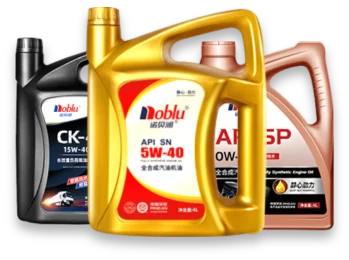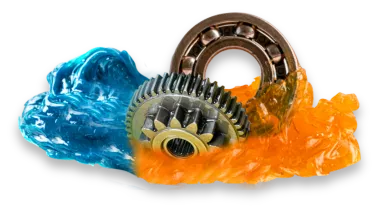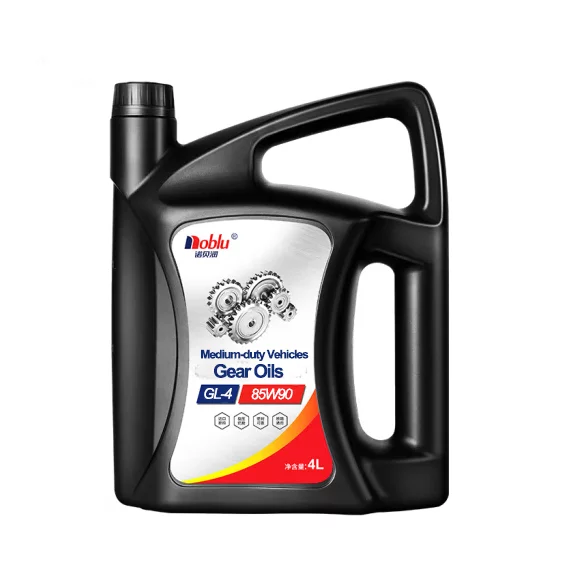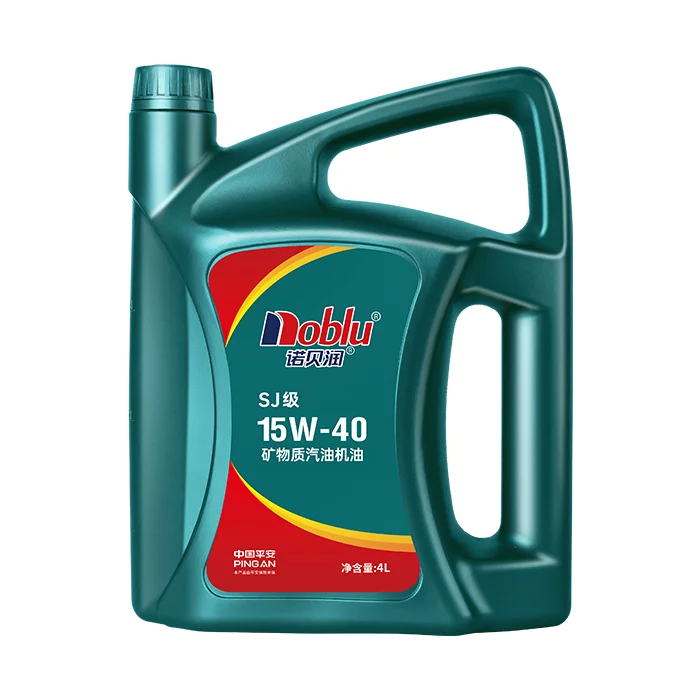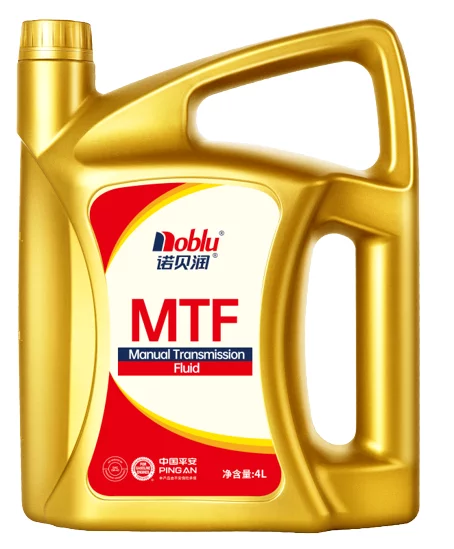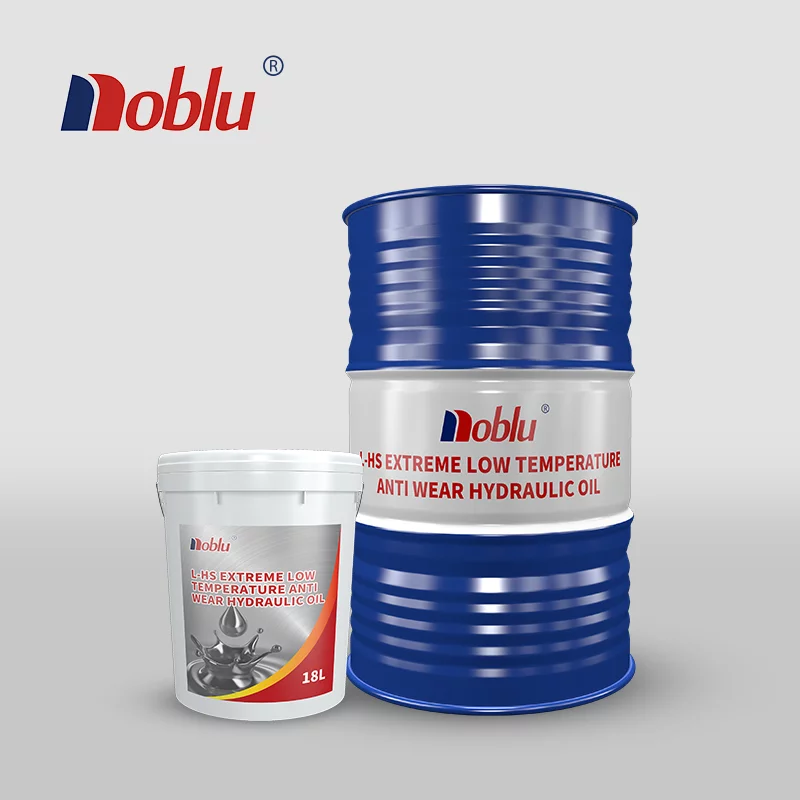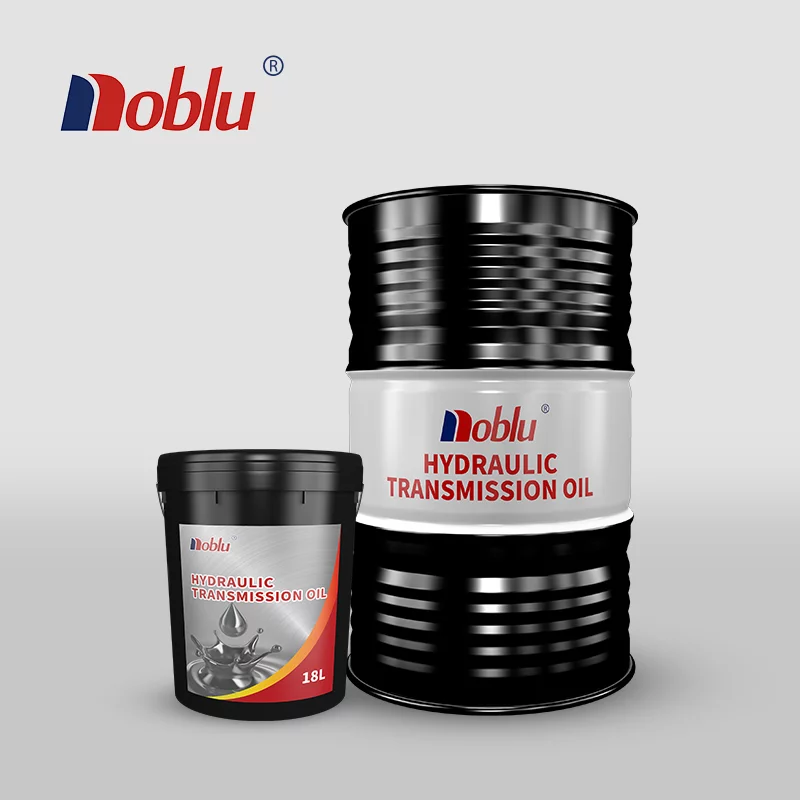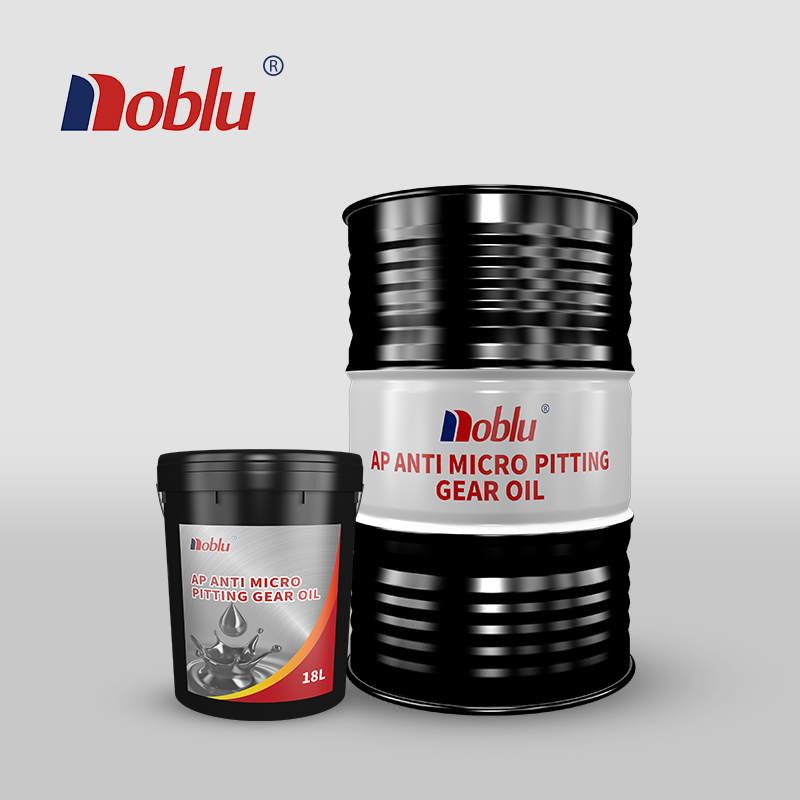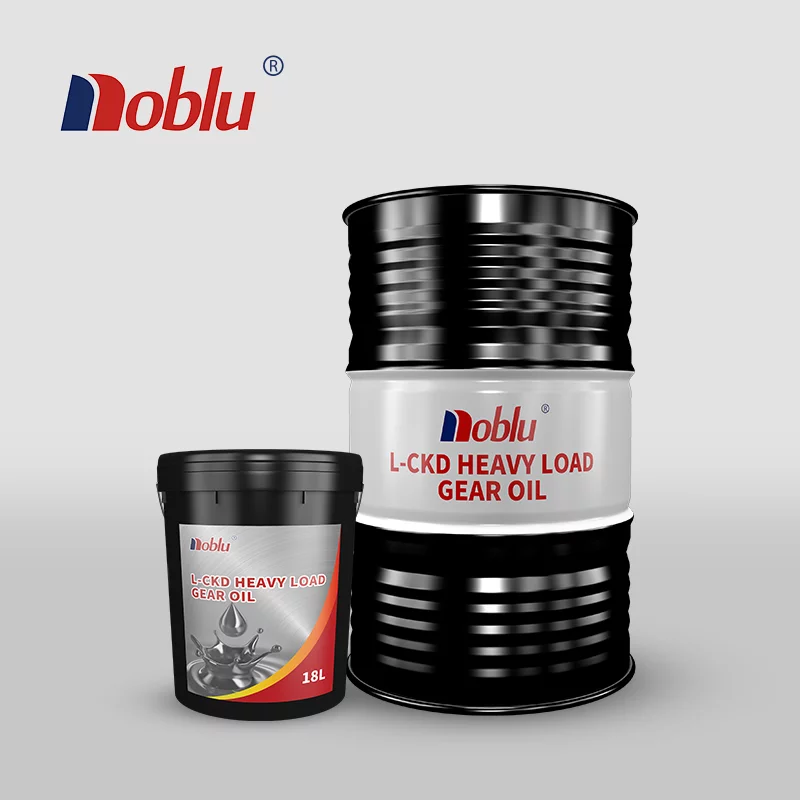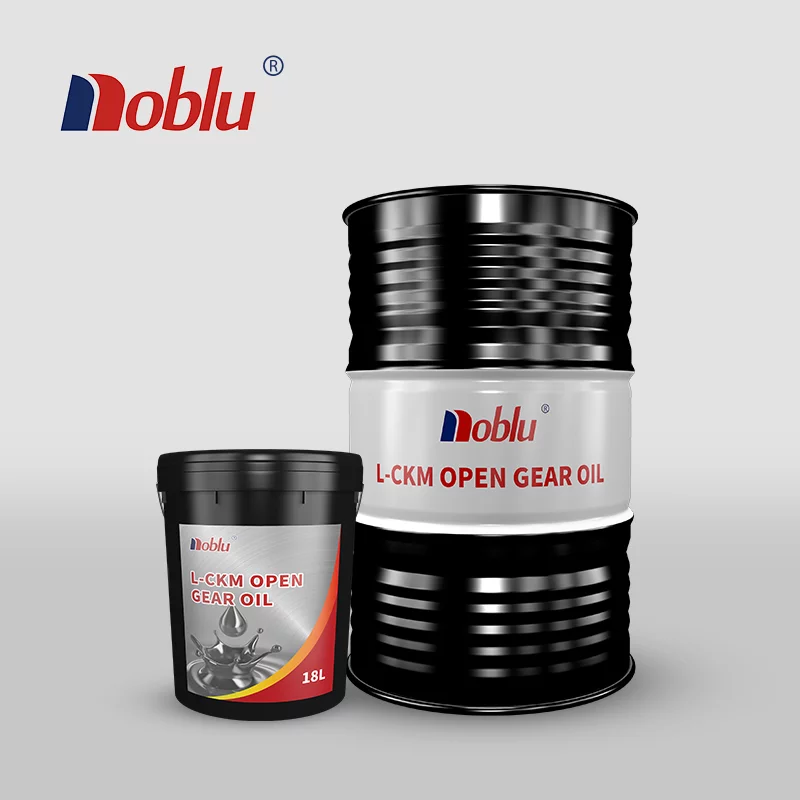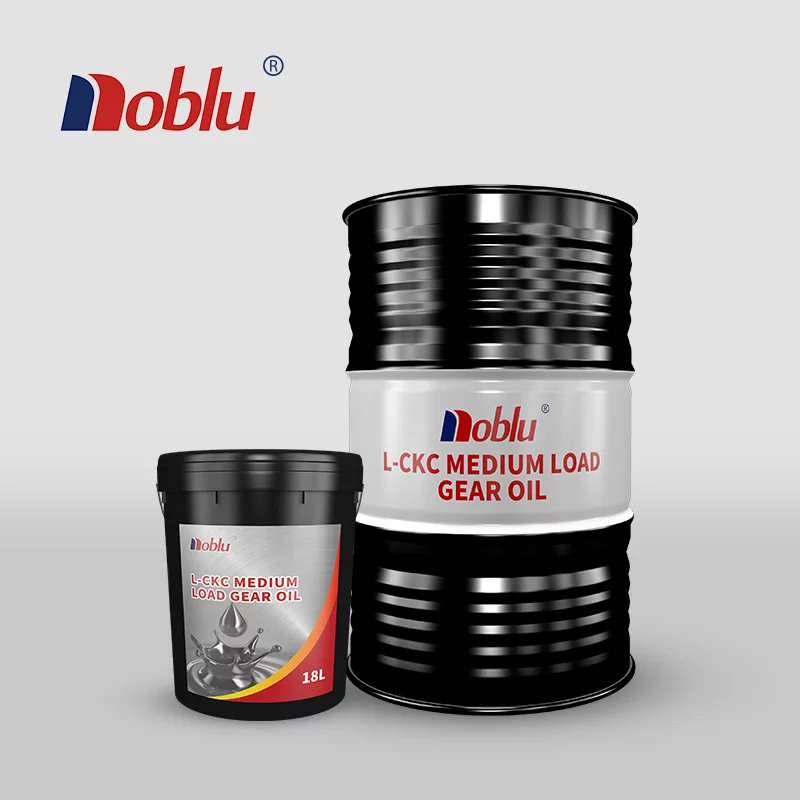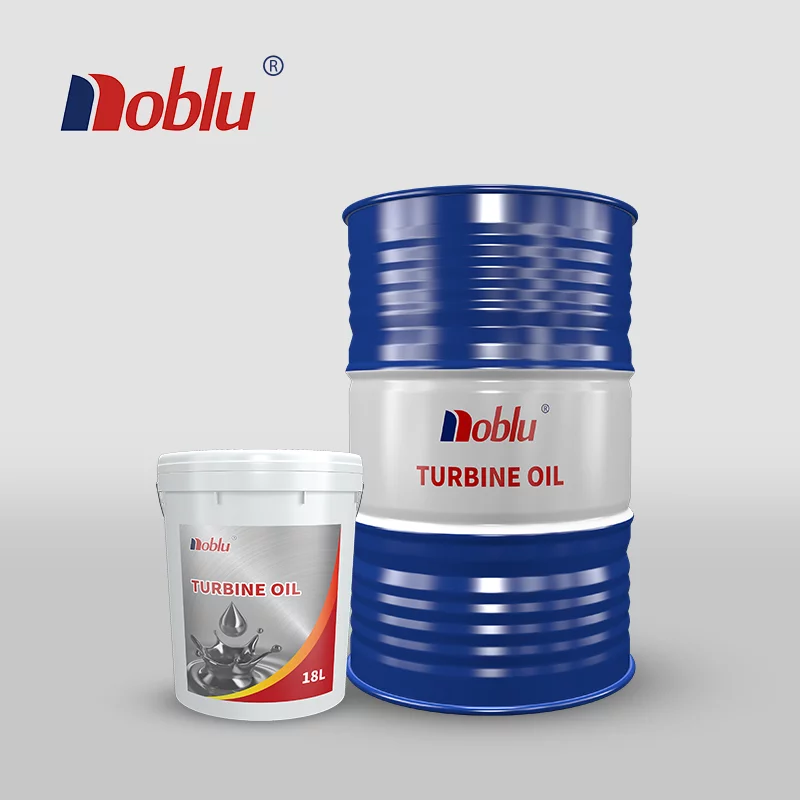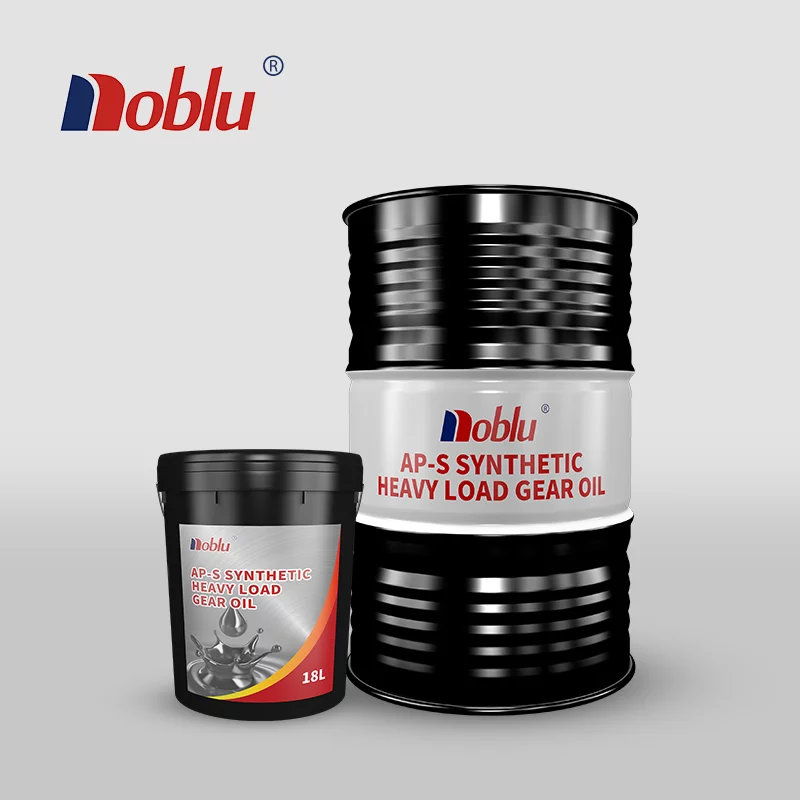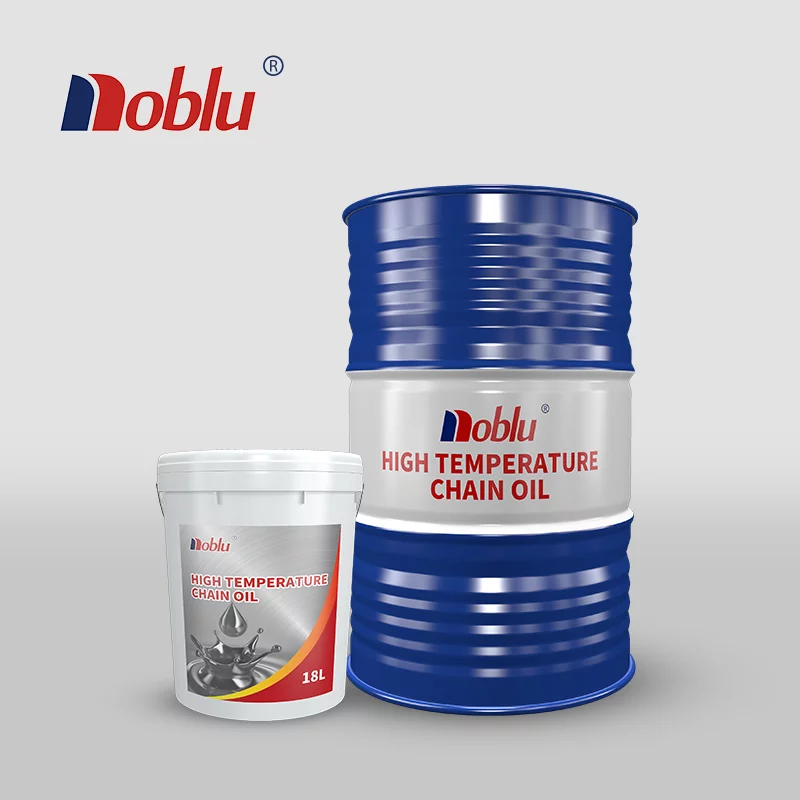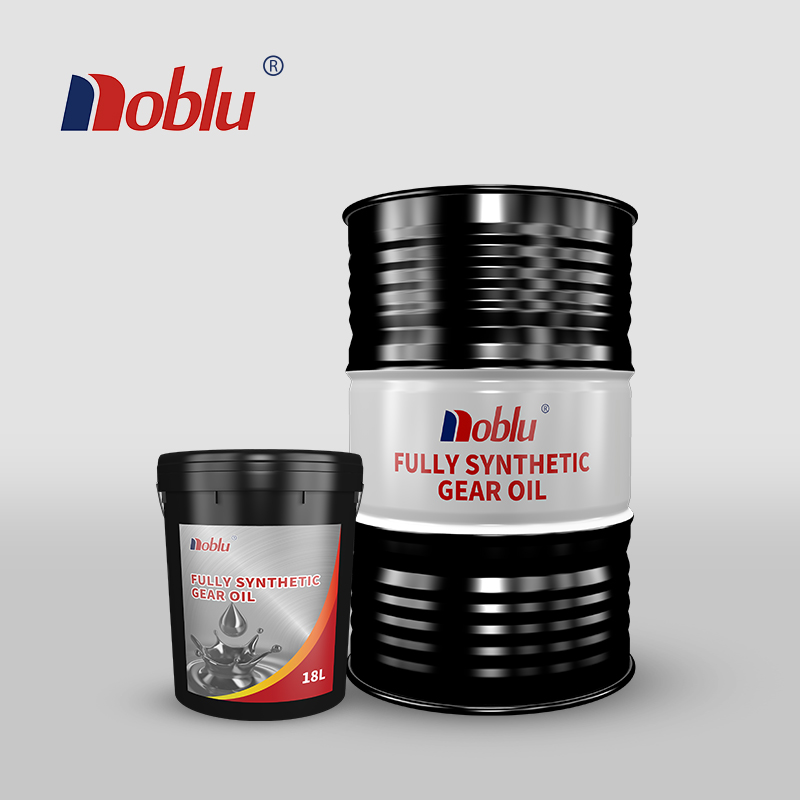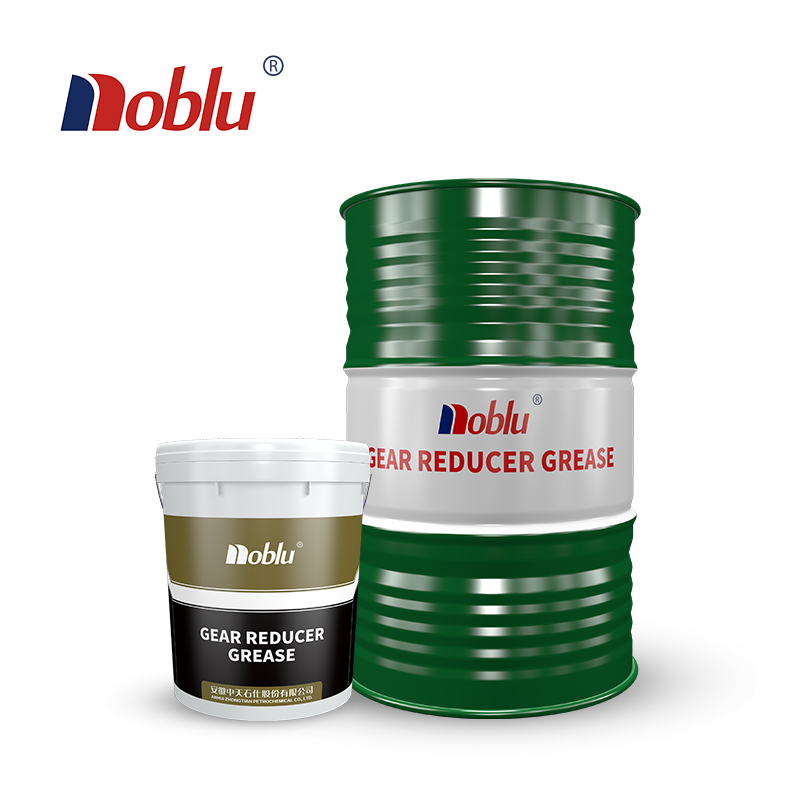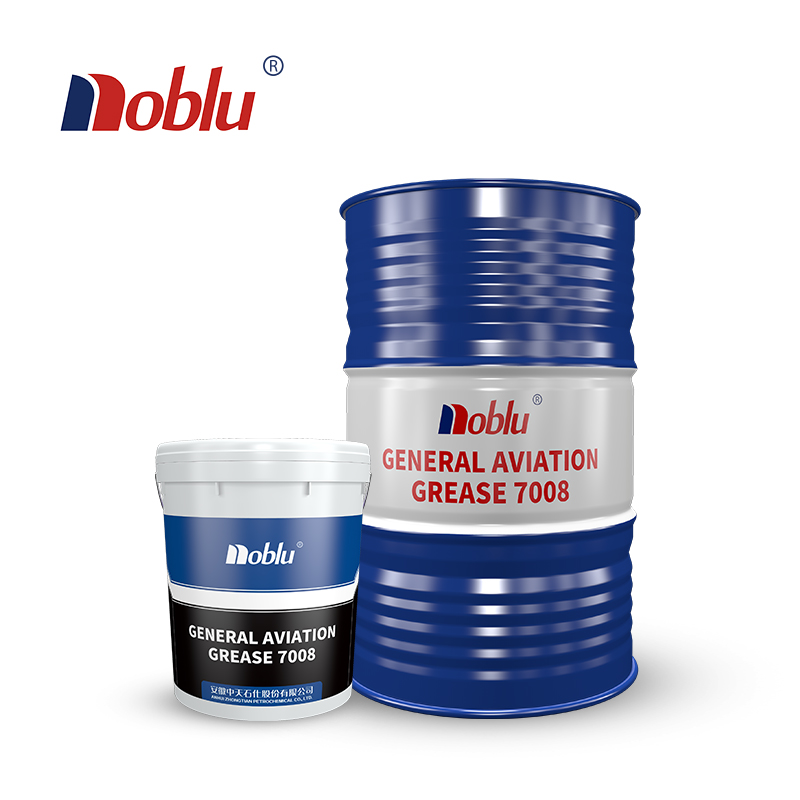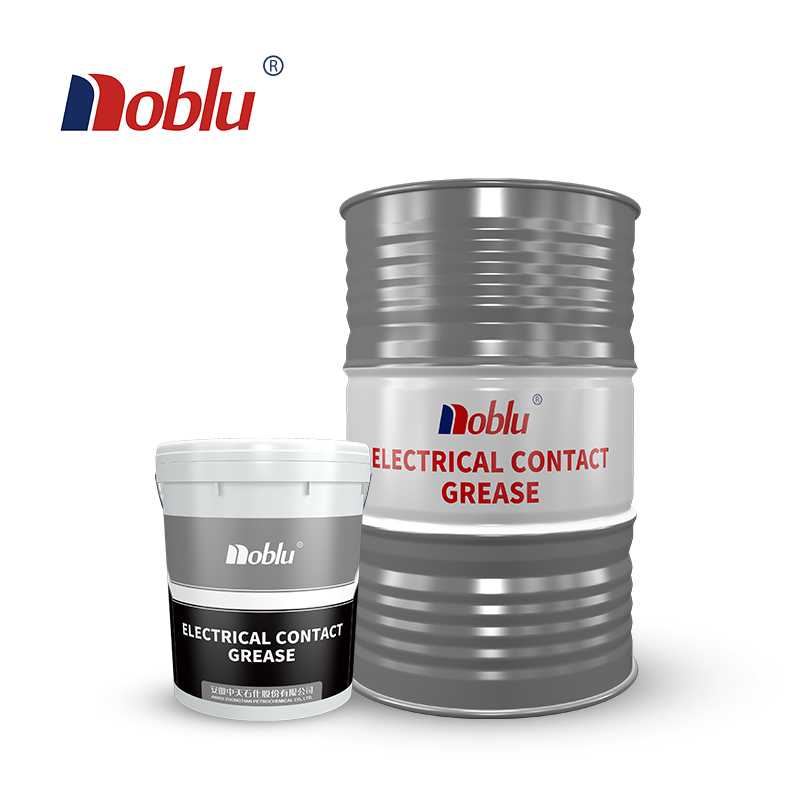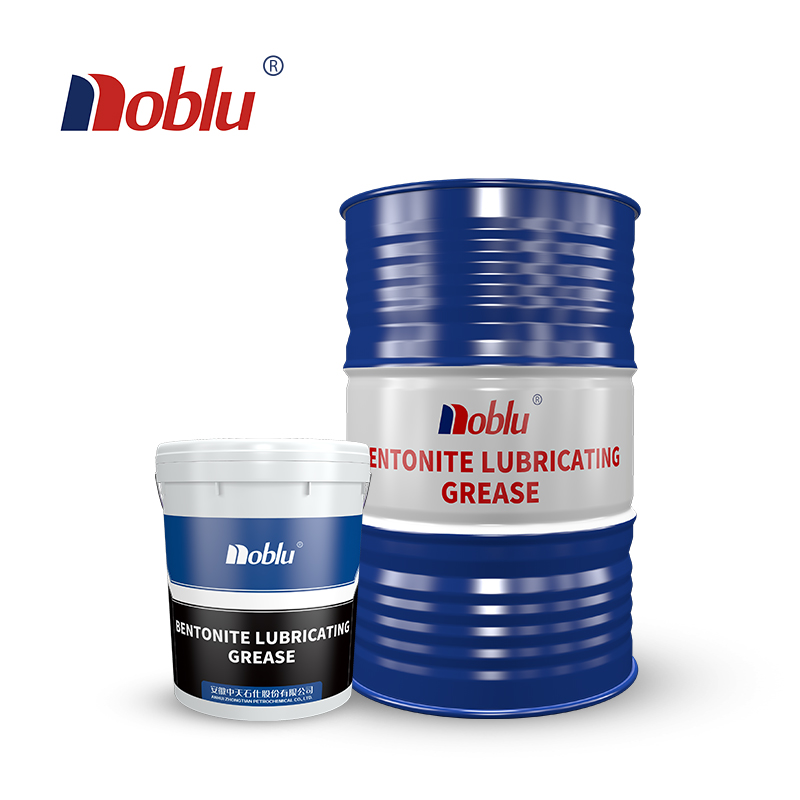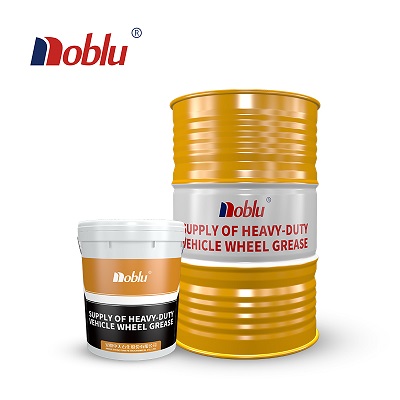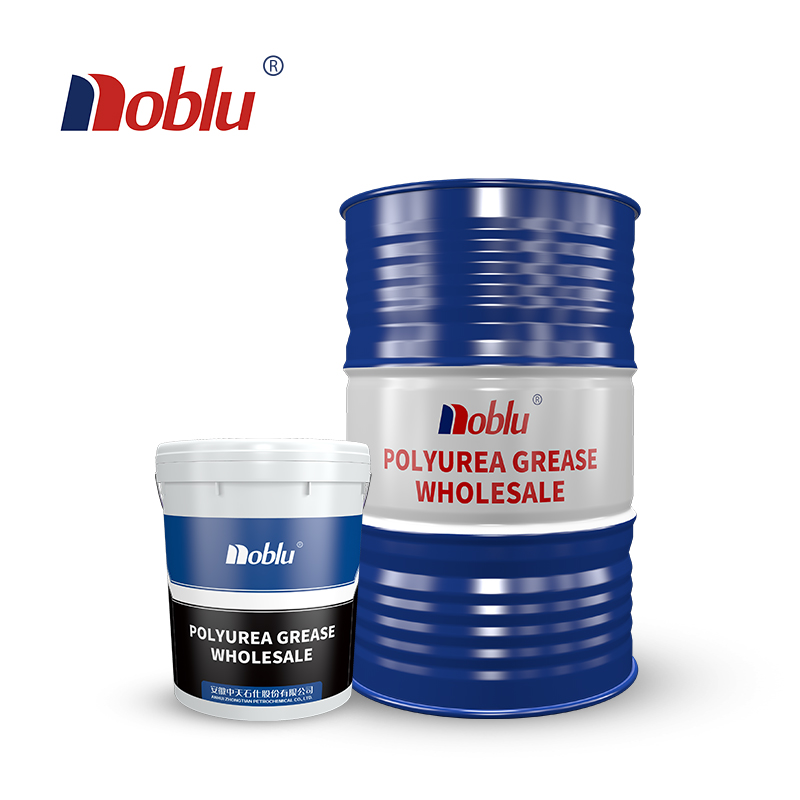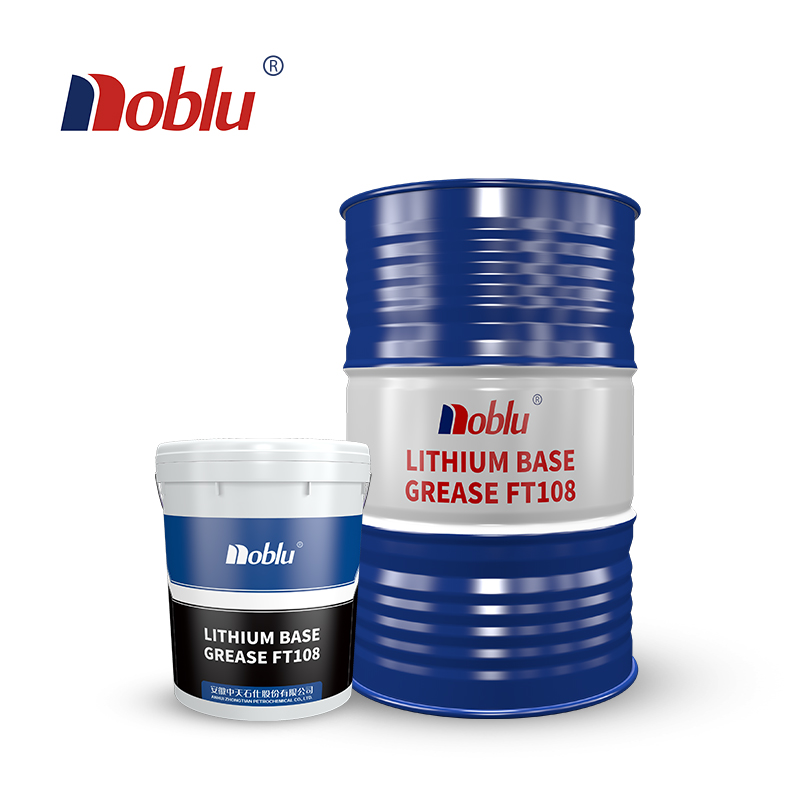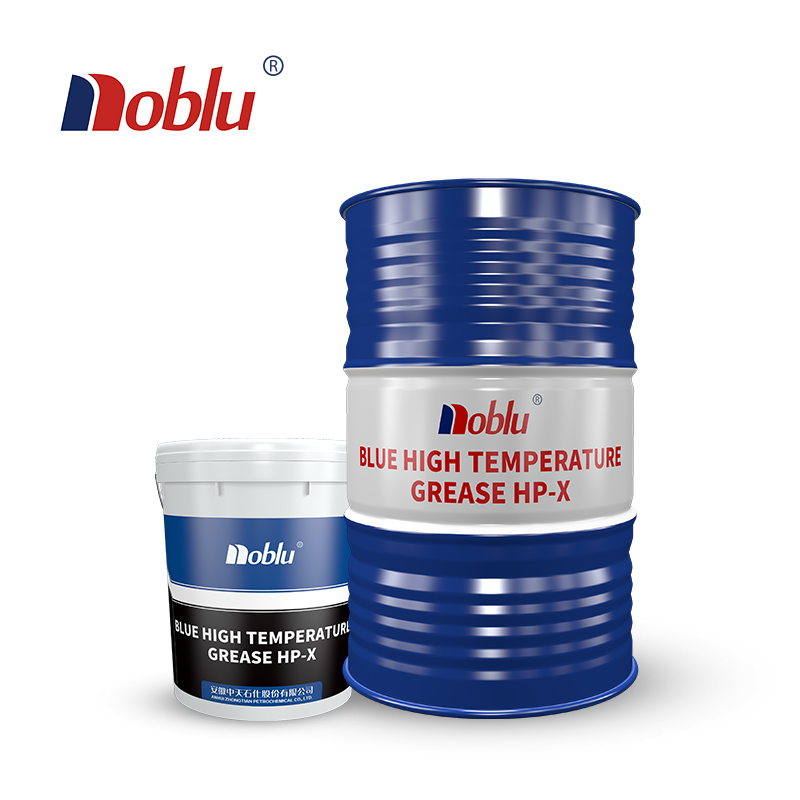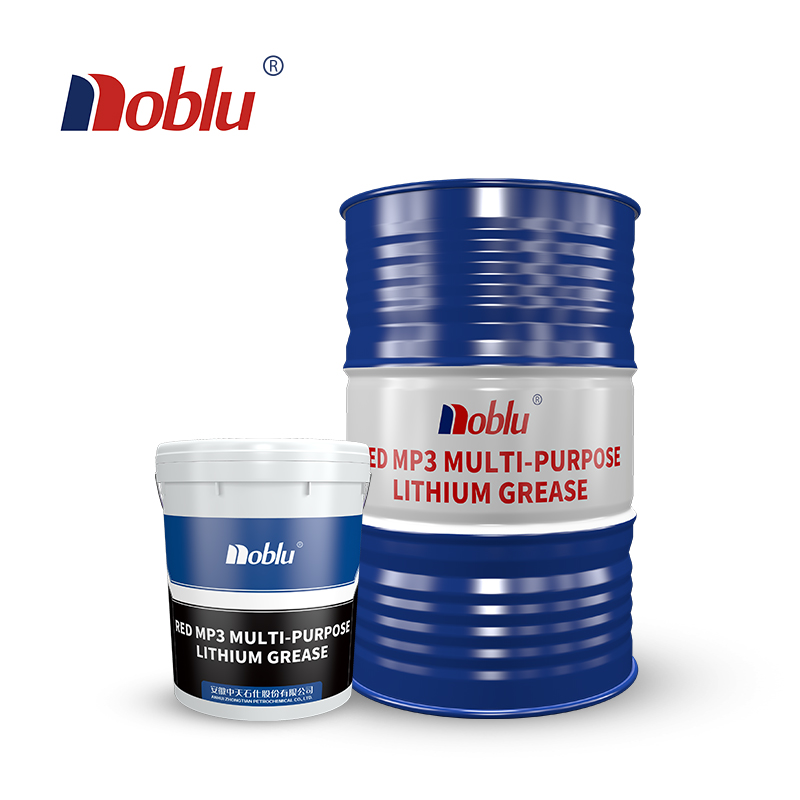
La forma completa de PFPE es “Perfluoropoliéter.” El PFPE es un tipo de lubricante que pertenece a la clase de poliéteres perfluorados. Está compuesto por unidades repetidas de átomos de carbono, flúor y oxígeno. El prefijo “perfluoro” indica que todos los átomos de hidrógeno de la molécula han sido reemplazados por átomos de flúor, lo que da como resultado un material altamente estable y químicamente inerte. Los PFPE son conocidos por su excepcional estabilidad térmica, baja volatilidad y resistencia a entornos hostiles, lo que los hace ideales para diversas aplicaciones de lubricación.
¿Cuál es la viscosidad del PFPE?
La viscosidad de Grasa PFPE Puede variar según el producto y la fórmula específicos. Las grasas PFPE están disponibles en una variedad de viscosidades para adaptarse a diferentes aplicaciones. La viscosidad se mide normalmente en unidades de centistokes (cSt) a una temperatura específica. Los grados de viscosidad comunes para la grasa PFPE incluyen opciones de baja viscosidad, como 10 cSt o 100 cSt, así como viscosidades más altas, como 1000 cSt o 10 000 cSt. La elección de la viscosidad depende de los requisitos específicos de la aplicación, como la temperatura de funcionamiento y las condiciones de carga.
¿Cuál es la presión de vapor de la grasa PFPE?
La presión de vapor de la grasa PFPE puede variar según la formulación específica del producto y las condiciones de funcionamiento. En general, las grasas PFPE tienen presiones de vapor bajas debido a su estructura química y su alto peso molecular. Esta baja presión de vapor ayuda a reducir las pérdidas por evaporación y volatilización cuando la grasa se expone a altas temperaturas o entornos de vacío.
Las grasas PFPE están diseñadas para mantener sus propiedades lubricantes incluso a temperaturas elevadas. Presentan una excelente estabilidad térmica y no se evaporan ni se descomponen fácilmente en condiciones normales de funcionamiento. Esta propiedad hace que las grasas PFPE sean muy adecuadas para aplicaciones en las que intervienen altas temperaturas, como en equipos aeroespaciales, automotrices e industriales.
Sin embargo, es importante tener en cuenta que la presión de vapor de la grasa PFPE puede aumentar con la temperatura. Por lo tanto, es esencial tener en cuenta el rango de temperatura específico de la aplicación y seleccionar el grado de grasa PFPE adecuado para garantizar un rendimiento óptimo y minimizar los posibles problemas relacionados con la presión de vapor.
¿Cuáles son las ventajas y desventajas de la grasa PFPE en comparación con otros lubricantes?
La grasa PFPE ofrece varias ventajas en comparación con otros lubricantes, pero también presenta ciertas desventajas. A continuación, se enumeran las principales ventajas y desventajas de la grasa PFPE:
Ventajas de la grasa PFPE:
- Estabilidad térmica: La grasa PFPE puede soportar altas temperaturas sin una degradación significativa, lo que la hace adecuada para aplicaciones en entornos de temperaturas extremas.
- Resistencia química: La grasa PFPE es altamente resistente a una amplia gama de sustancias químicas, incluidos ácidos, bases, solventes y sustancias reactivas. Proporciona una lubricación eficaz incluso en entornos químicos agresivos.
- Baja volatilidad: la grasa PFPE tiene una presión de vapor baja, lo que significa que no se evapora ni se volatiliza fácilmente, incluso a altas temperaturas. Esta propiedad ayuda a reducir el consumo de lubricante y extiende el intervalo de lubricación.
- Inercia: la grasa PFPE es químicamente inerte y no reactiva, lo que la hace compatible con una variedad de materiales, incluidos metales, elastómeros y plásticos.
- Coeficiente de fricción bajo: La grasa PFPE exhibe características de baja fricción, minimizando el desgaste y reduciendo el consumo de energía en las partes móviles.
- Amplio rango de temperatura de funcionamiento: La grasa PFPE sigue siendo efectiva tanto a bajas como a altas temperaturas, lo que permite su uso en diversas condiciones de funcionamiento.
Desventajas de la grasa PFPE:
- Costo: La grasa PFPE es generalmente más cara en comparación con los lubricantes convencionales debido a su formulación especializada y propiedades únicas.
- Compatibilidad: si bien la grasa PFPE es compatible con muchos materiales, puede no ser compatible con ciertos plásticos, sellos o elastómeros. Se recomienda realizar pruebas de compatibilidad antes de usar grasa PFPE en contacto con materiales específicos.
- Disponibilidad limitada: La disponibilidad de grasa PFPE puede ser limitada en comparación con los lubricantes más comúnmente utilizados, especialmente en ciertas regiones o industrias.
- Alta viscosidad: la grasa PFPE suele tener una viscosidad más alta que las grasas convencionales. Esto puede limitar su uso en aplicaciones en las que se prefieren lubricantes de menor viscosidad, como los cojinetes de alta velocidad.
¿En qué aplicaciones funciona mejor la grasa PFPE?
La grasa PFPE es conocida por sus propiedades excepcionales y es adecuada para una amplia gama de aplicaciones. Algunas de las áreas en las que la grasa PFPE tiene un mejor rendimiento incluyen:
- Aeroespacial: La grasa PFPE se utiliza comúnmente en aplicaciones aeroespaciales debido a su excelente estabilidad térmica, resistencia química y baja volatilidad. Se utiliza en motores de aeronaves, trenes de aterrizaje, sistemas de actuadores y otros componentes críticos.
- Electrónica: La grasa PFPE se utiliza ampliamente en la industria electrónica para lubricar diversos dispositivos y componentes electrónicos. Su inercia química y su resistencia a altas temperaturas la hacen adecuada para aplicaciones como conectores, interruptores y cojinetes en dispositivos electrónicos.
- Procesamiento químico: La grasa PFPE es resistente a productos químicos agresivos y puede soportar fluidos y entornos agresivos. Se utiliza en bombas, válvulas, sellos y accesorios en la industria de procesamiento químico para proporcionar lubricación y evitar reacciones químicas o contaminación.
- Procesamiento de alimentos: la grasa PFPE es segura para el contacto incidental con alimentos y se utiliza a menudo en equipos de procesamiento de alimentos. Proporciona lubricación en cojinetes, sistemas de mezcla, transportadores y otras maquinarias involucradas en la producción de alimentos.
- Entornos de vacío: la grasa PFPE tiene bajas propiedades de desgasificación, lo que la hace adecuada para entornos de vacío, como en la fabricación de semiconductores, la exploración espacial y los laboratorios de investigación.
- Aplicaciones de alta temperatura: La grasa PFPE mantiene sus propiedades lubricantes a altas temperaturas, lo que la hace adecuada para aplicaciones como transportadores de hornos, cadenas de hornos y cojinetes de alta temperatura.
- Automotriz: La grasa PFPE se utiliza en aplicaciones automotrices que requieren resistencia a altas temperaturas y durabilidad. Esto incluye aplicaciones como cojinetes de ruedas, componentes de chasis y sistemas eléctricos.
¿Cómo se almacena y transporta la grasa PFPE para evitar contaminación y daños?
Para garantizar la calidad e integridad de la grasa PFPE, se deben seguir prácticas adecuadas de almacenamiento y transporte para evitar la contaminación y los daños. A continuación se ofrecen algunas pautas:
Almacenamiento:
- Ambiente libre de contaminación: almacene la grasa PFPE en un área limpia, seca y bien ventilada, lejos del polvo, la suciedad, la humedad y los productos químicos que puedan contaminar la grasa.
- Control de temperatura: Mantener una temperatura estable dentro del rango de almacenamiento recomendado por el fabricante. Se deben evitar fluctuaciones extremas de temperatura.
- Recipientes sellados: mantenga la grasa PFPE en sus recipientes originales herméticamente cerrados o transfiérala a recipientes sellados diseñados específicamente para lubricantes. Esto ayuda a evitar la absorción de humedad y la entrada de contaminantes transportados por el aire en la grasa.
- Control de la vida útil: controle la vida útil de la grasa PFPE y respete el período de almacenamiento recomendado. Utilice primero las existencias más antiguas para minimizar el riesgo de utilizar grasa vencida.
Transporte:
- Embalaje seguro: asegúrese de que los contenedores de grasa PFPE estén empaquetados de forma segura en contenedores a prueba de fugas y debidamente sellados para evitar derrames durante el transporte.
- Protección contra temperaturas extremas: durante el transporte, proteja la grasa PFPE de temperaturas extremas, ya que la exposición a altas temperaturas puede provocar fugas o degradación de la grasa.
- Separación de sustancias incompatibles: mantenga los recipientes de grasa PFPE alejados de sustancias que puedan causar contaminación o reaccionar con la grasa. Esto incluye productos químicos, combustibles, ácidos y otros lubricantes.
- Manipulación con cuidado: manipule los contenedores de grasa de PFPE con cuidado para evitar daños o impactos que puedan provocar fugas. Siga los procedimientos de manipulación adecuados durante la carga, descarga y transporte para evitar accidentes.

